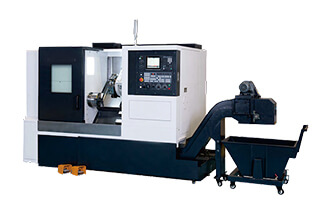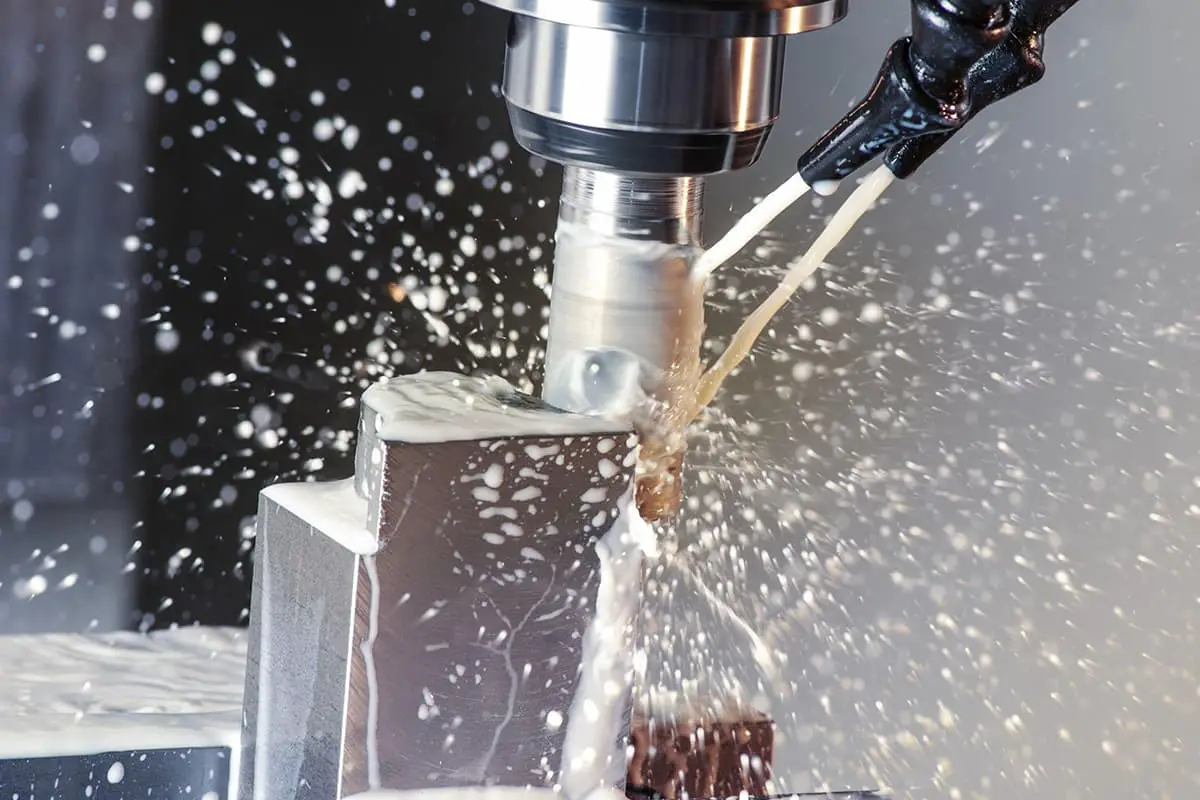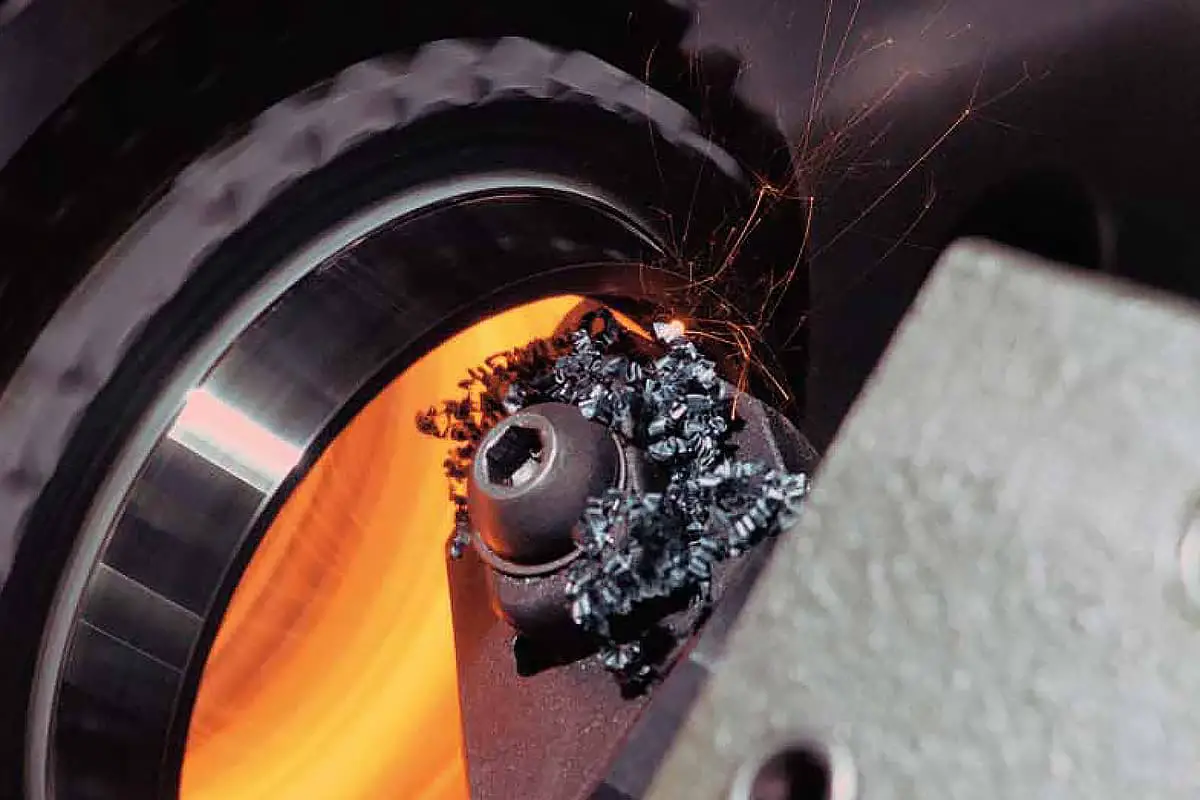
Ever wondered how to make metal cutting faster and more precise? This blog explores the secrets behind cutting fluids – the unsung champions in machining. Learn how they cool, lubricate, and clean, transforming your metalworking process into a masterpiece. Prepare to uncover the magic behind smoother finishes and longer-lasting tools!

During the metal cutting process, to enhance cutting efficiency, improve workpiece accuracy, reduce surface roughness, extend tool life, and achieve optimal economic outcomes, it’s vital to minimize friction between the tool and workpiece, as well as between the tool and the chips.
Furthermore, it’s crucial to dissipate the heat generated from material deformation in the cutting zone promptly.

To achieve these goals, on one hand, advancements have been made by developing high-hardness, high-temperature-resistant tool materials and refining tool geometries.
The introduction of materials like carbon steel, high-speed steel, tungsten carbide, and ceramics, as well as the use of indexable tools, have substantially accelerated the metal cutting rates.
On the other hand, using high-performance cutting fluids often significantly boosts cutting efficiency, lowers surface roughness, and prolongs tool lifespan, leading to both superior and cost-effective results. The functions of cutting fluids include:
The cooling effect relies on the convection heat transfer and vaporization of the cutting fluid to remove heat from solids (tools, workpieces, and chips), thereby lowering the temperature in the cutting area and reducing workpiece distortion, maintaining tool hardness and size.
The efficiency of this cooling effect depends on the fluid’s thermal properties, especially its specific heat capacity and thermal conductivity.
Additionally, fluid flow conditions and heat exchange coefficients play pivotal roles. The heat exchange coefficient can be enhanced by adjusting surface-active materials and latent heat.
Water, with its high specific heat capacity and impressive thermal conductivity, outperforms oil-based cutting fluids in terms of cutting performance. Modifying flow conditions, such as increasing flow speed and volume, can effectively enhance the cooling effect of the cutting fluid.
This method is particularly beneficial for oil-based cutting fluids with inferior cooling effects. In deep-hole gun drilling and high-speed gear machining, increasing fluid supply pressure and volume have shown improvements.
Spray cooling, which facilitates easy vaporization of the liquid, also markedly enhances the cooling effect.
The cooling efficacy of a cutting fluid is influenced by its permeability. Fluids with good permeability cool the cutting edge faster. The permeability of cutting fluids is related to their viscosity and wettability. Low-viscosity fluids have better permeability than high-viscosity ones.
Oil-based cutting fluids tend to have better permeability than water-based ones, but water-based cutting fluids containing surfactants exhibit significantly enhanced permeability.
A cutting fluid’s wettability is related to its surface tension. When the liquid has a high surface tension, it tends to form droplets on solid surfaces, resulting in poor permeability.
Conversely, when the liquid has low surface tension, it spreads over the solid, with the solid-liquid-gas contact angle being minimal, or even zero. This leads to excellent permeability, allowing the liquid to quickly flow into the gaps where the tool contacts the workpiece and chips, thereby intensifying the cooling effect.
The quality of the cooling effect is also associated with foaming. As foam consists mainly of air, which has poor thermal conductivity, cutting fluids with excessive foam show diminished cooling performance.
This is why synthetic cutting fluids containing surfactants typically include a small amount of emulsified silicone oil to serve as a defoaming agent.
Recent studies have shown that ionic water-based cutting fluids can rapidly neutralize the static charge generated during cutting and grinding due to intense friction, preventing the workpiece from overheating and offering exceptional cooling effects.
Such ionic cutting fluids are now widely used as cooling lubricants for high-speed grinding and aggressive grinding processes.
During machining, friction occurs between the cutting tool and the chips, and between the tool and the workpiece’s surface. Cutting fluids act as lubricants to reduce this friction.
For the cutting tool, given its relief angle during machining, it contacts the material being machined less than the primary cutting face, resulting in reduced contact pressure.
The friction-lubrication condition on the relief face approaches a boundary lubrication state. Strongly adsorbing substances, like oily agents and extreme pressure (EP) agents with reduced shear strength, effectively reduce this friction.
The situation on the primary cutting face differs; as the deformed chip is forced out by the tool’s pressure, the contact pressure increases, and the chip, undergoing plastic deformation, heats up.
After applying cutting fluid, the chip contracts abruptly due to cooling, reducing the contact length of the chip on the primary cutting face and the metal contact area between the chip and the tool.
This also lowers the average shear stress, resulting in a larger shear angle and reduced cutting force, enhancing the machinability of the workpiece material.
During grinding, adding grinding fluid forms a lubricating film between the grinding grain, workpiece, and the chips. This lubrication layer reduces friction, prevents abrasive edge wear, and improves the surface finish.
Generally, oil-based cutting fluids outperform water-based ones, with the best results from oil-based fluids containing oily and EP additives. These oily additives are typically long-chain organic compounds with polar groups, such as fatty acids, alcohols, and vegetable or animal fats.
They form a lubricating layer on the metal surface, reducing friction between the tool and both the workpiece and the chips, aiming to decrease cutting resistance, extend tool life, and improve surface finish.
Oily additives work best at lower temperatures; above 200°C, their adsorption layer is compromised, losing its lubricating properties. Hence, oil-containing cutting fluids are used for low-speed, precision cutting, while high-speed, heavy-duty cutting requires cutting fluids with EP additives.
EP additives contain elements like sulfur, phosphorus, and chlorine, which chemically react with metals at high temperatures to form compounds like iron sulfide, iron phosphate, and iron chloride, all having low shear strengths.
This reduces cutting resistance and friction between the tool, the workpiece, and the chips, facilitating the cutting process. EP-containing cutting fluids also prevent chip buildup and enhance surface finish.
Iron chloride has a layered crystal structure, giving it the lowest shear strength. Compared to iron sulfide, it has a lower melting point and loses its lubricating properties around 400°C.
Iron phosphate lies between iron chloride and iron sulfide in properties. Iron sulfide withstands temperatures up to 700°C and is typically used in cutting fluids for heavy-duty cutting and machining of difficult-to-cut materials.
In addition to forming low-shear lubrication layers on ferrous metals like steel and iron, EP additives also serve this function on non-ferrous metals like copper and aluminum. However, for non-ferrous metal cutting, reactive EP additives should be avoided to prevent workpiece corrosion.
The lubricating effect of cutting fluids is also linked to their penetrative properties; those with good penetration allow lubricants to swiftly access the interfaces between chips, tools, and workpieces, forming lubricating films that reduce friction coefficients and cutting resistance.
Recent studies suggest that, besides the aforementioned lubrication effects, cutting fluids can penetrate minute cracks on metal surfaces, altering the physical properties of the material being machined, thus reducing cutting resistance and facilitating the machining process.
During metal cutting processes, chips, metal powders, grinding debris, and oil residues can easily adhere to the surface of the workpiece, cutting tools, and grinding wheels. This affects the cutting performance and dirties both the workpiece and the machine tool.
Thus, cutting fluids must possess excellent cleaning properties. For oil-based cutting fluids, the lower the viscosity, the stronger the cleaning ability. Cutting fluids that contain light components like diesel and kerosene offer superior penetration and cleaning performance.
Water-based cutting fluids containing surfactants produce better cleaning results.
On one hand, surfactants can adsorb various particles and oily sludge, forming an adsorption film on the workpiece’s surface, preventing adhesion on the workpiece, tools, and grinding wheels.
On the other hand, they can penetrate the interface where particles and oil residues adhere, separating and removing them with the cutting fluid.
The cleaning capability of cutting fluids should also be evident in effectively separating and settling debris, grinding particles, metal powders, and oil residues.
Recycled cutting fluids should rapidly settle particles like metal chips, powders, grinding debris, and micro-particles at the bottom of the container after returning to the cooling tank, while oil residues float on the surface.
This ensures that the cutting fluid remains clean even after repeated use, guaranteeing processing quality and extending its service life.
Throughout the machining process, if the workpiece comes in contact with corrosive substances produced by the decomposition or oxidation of water and cutting fluids, such as sulfur, sulfur dioxide, chloride ions, acids, hydrogen sulfide, and alkalis, it becomes susceptible to corrosion.
Machine parts in contact with cutting fluids may also corrode. If the cutting fluid lacks rust prevention capabilities, the workpiece might undergo chemical and electrochemical corrosion from the moisture and corrosive substances in the air during post-processing storage or between operations, leading to rusting.
Hence, cutting fluids must have superior rust prevention properties, which is one of their fundamental characteristics.
Cutting oils generally possess some rust-prevention capabilities. If the storage period between operations isn’t long, there’s no need to add rust inhibitors. Adding rust inhibitors, such as barium petroleum sulfonates, to cutting oil can decrease its anti-wear properties.





